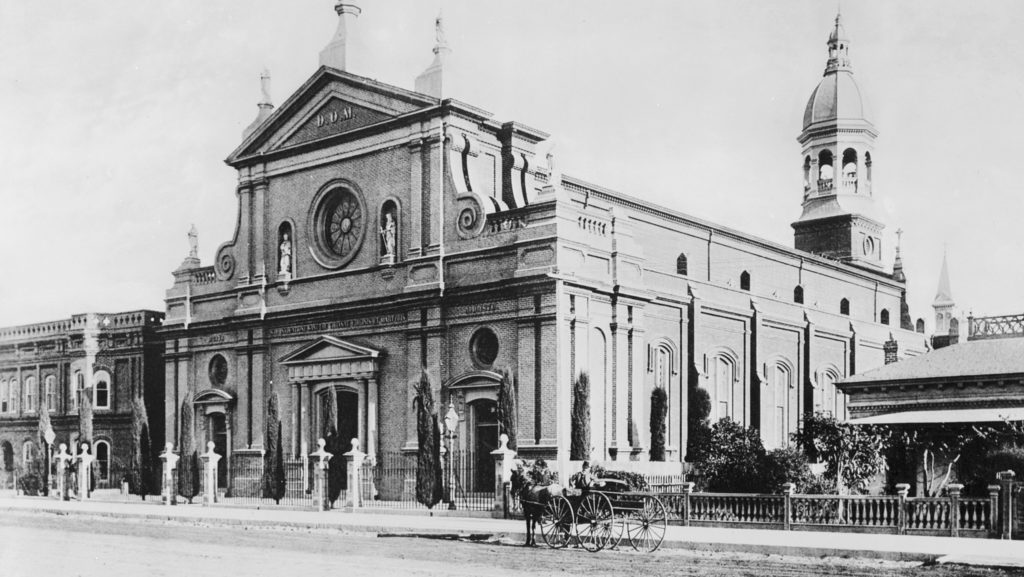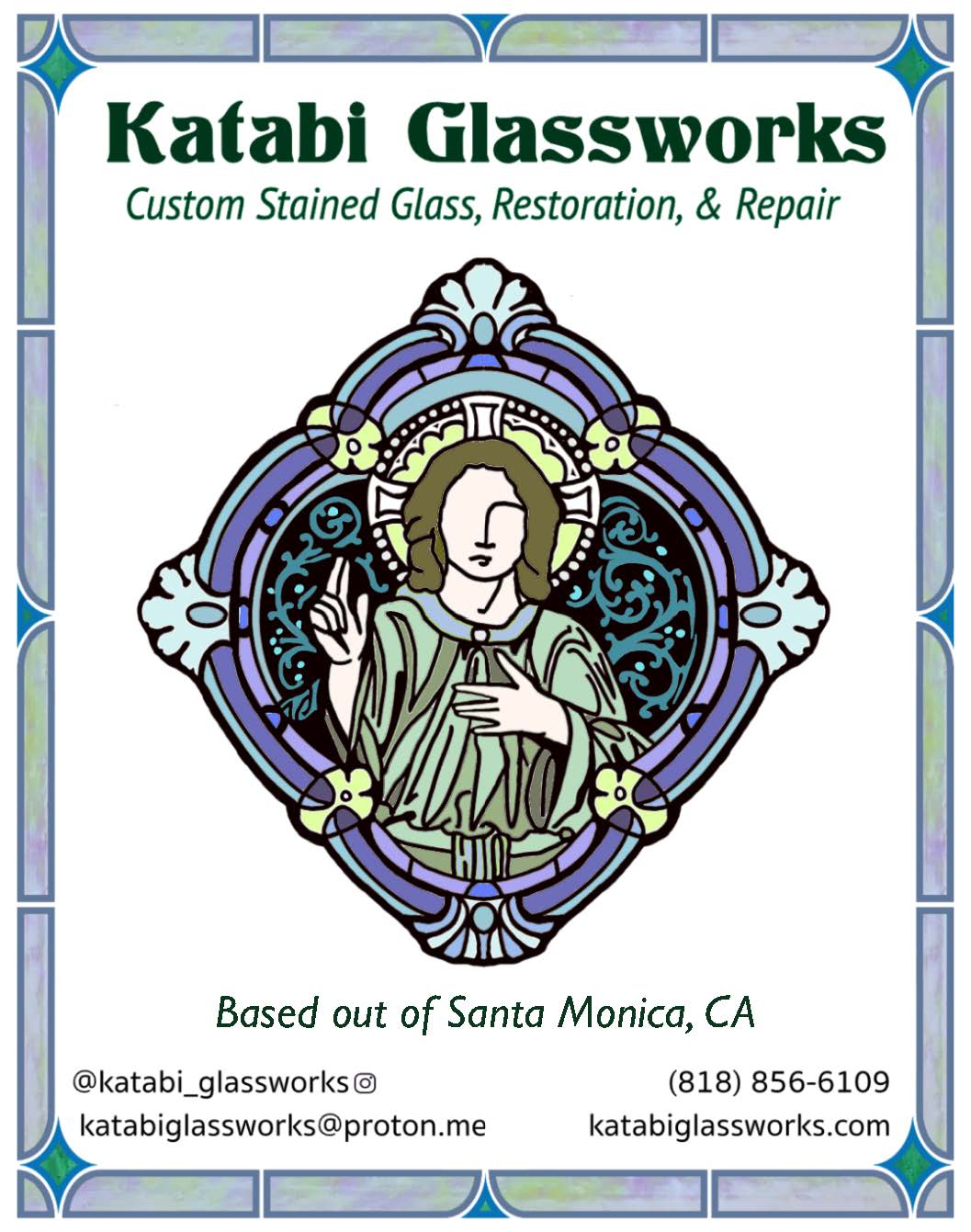I have always liked things like old music and old books. But I have a special place in my collective consciousness for old buildings. Buildings are like living things.
A visit to Nashville last year included a side trip to the Hermitage, the home President Andrew Jackson built for himself. The estate looked like Jackson was going to come around the corner at any moment. A visit to any strip mall in LA, where most of the storefronts are boarded up, and you can almost feel the sense of decay.
I have traveled to various parts of the world and always seem to be drawn to the old buildings, some of them even ancient. I have walked around the ruins of the Roman Forum, touched the marble columns, and walked around the tiles, wondering who else had walked this floor.
I had a similar experience with an old building this past month in downtown Los Angeles. I had been invited to a fundraising gala held at the “Vibiana.” I had not been in this space since the days when it was St. Vibiana, the cathedral of the Archdiocese of Los Angeles. It was the place where my uncle (way before my time) was ordained a priest in the 1930s. It was the place where my brother (well within my time) was ordained a priest. It was the place where my wife, my mother, and I automatically became third-class relics as we attended the 1987 reception of St. Pope John Paul II at St. Vibiana, where the Holy Father walked down the center aisle, paused, and took each of us by the hand.
Now it is a venue space. When I walked into the cathedral in Reims, France, several decades ago, it was still serving the needs of the faithful as a church in the same way it had from the fifth century onward. That cathedral survived plague, revolution, and even bombardment during World War I.
St. Vibiana was dedicated in 1876 and was built for $80,000. You cannot buy a condominium in Sylmar for that amount of money. And whereas a cathedral like the one in Reims can boast living through a millennium and a half worth of drama, St. Vibiana Cathedral, in Catholic timeline terms, did not even make it out of her infancy.
Standing on the corner of Main Street and Second was disorienting. In every respect, the exterior looked like St. Vibiana, with its bell tower and Italian Baroque façade. When it was built in the 19th century, it must have dominated the cityscape of the yet-to-boom City of Los Angeles. Now, less than 200 years later, the structure has been squeezed and blanketed by the urban sprawl of skyscrapers and other mixed-use buildings in various stages of disrepair. Yet she keeps a kind of nobility despite the architectural challenges.
Inside, though, my disorientation process went into overdrive. The outline of a church was still in place: steps leading up to where an altar was supposed to be, and the façade behind the missing altar, along with a niche for a missing tabernacle, was a study in starkness to me. The confessionals still lined the walls on either side, and the majestic pillars arched upward to the vaulted ceiling, but the feeling of emptiness was acute.
The gala inside this space teemed with sound. There was music, the din of 500 voices trying to be heard over the music system, plates and glasses moving about on tables, and it seemed the noisier it got, the more I longed for the quiet this building once held. People were now here by invitation only, and were networking and catching up with business contacts in the same space where people once walked in from the street to light a candle. All the gala speakers stood before that empty space where a tabernacle once rested and people knelt before, and the confessionals, which must have heard innumerable confessions, were now being used for storage.
Things change. Los Angeles certainly does not look the way it looked during the time St. Vibiana came into existence, when Ulysses S. Grant was president of the United States.
It may seem counterintuitive, but so do a lot of things about our faith.
The church St. Vibiana may be gone and her shell devoid of the spiritual life that flourished there for so long, but the Church remains. The demographics of our city pulsate, change and the culture lurches and stutters, but the Church remains. The Church was brought into existence by Jesus before the Pantheon in Rome was finished. It has been a pagan temple and a sacred liturgical space.
It is unlikely the former St. Vibiana Cathedral will reclaim her space in the liturgical landscape. But then again, what Roman citizen in the third century would have guessed a young woman martyred for this new Christian “cult” would have traveled so far, from a catacomb in Rome to Los Angeles, first in a cathedral named in her honor, and now in the mausoleum at Our Lady of the Angels Cathedral just a few blocks away.
Buildings do come and go, but a saint is forever.

